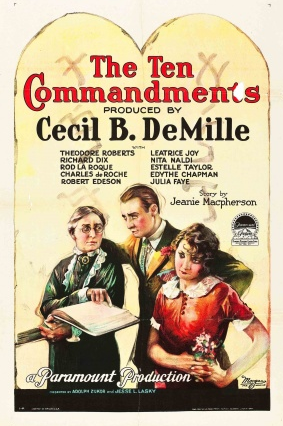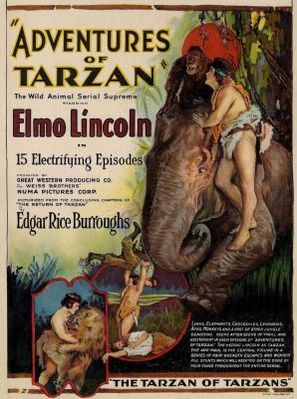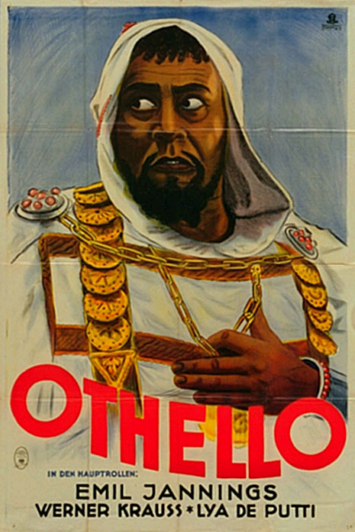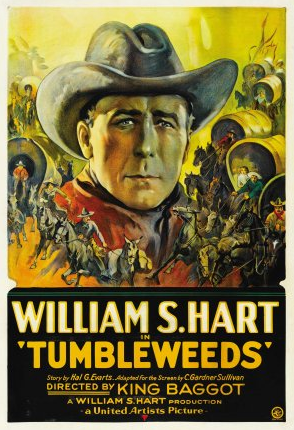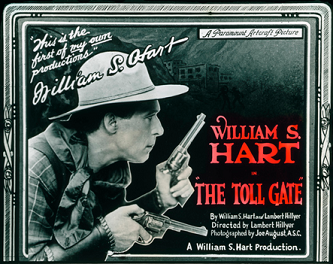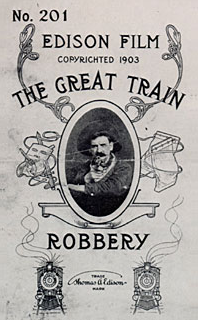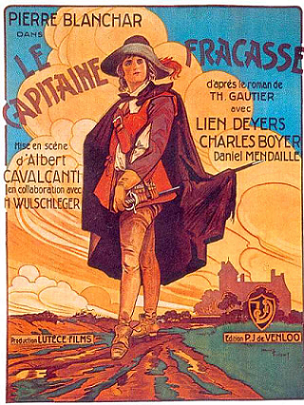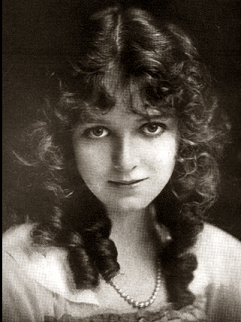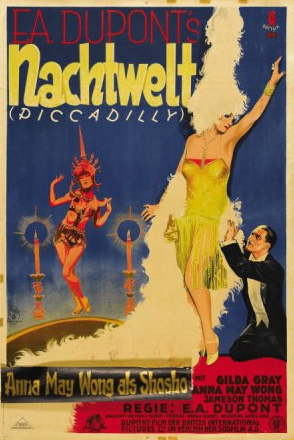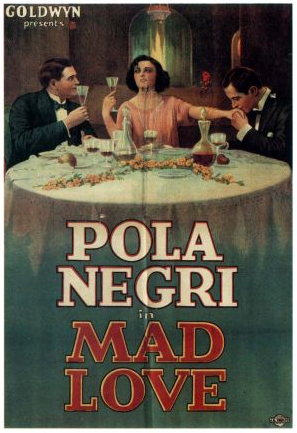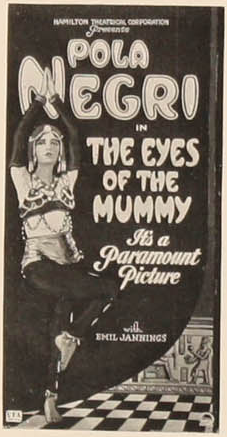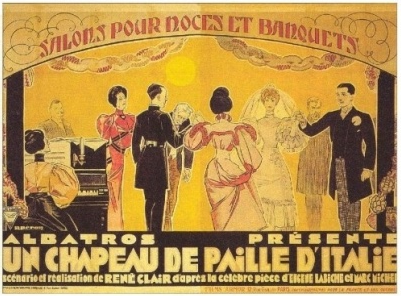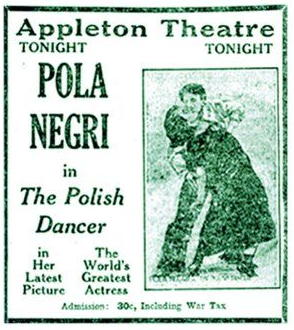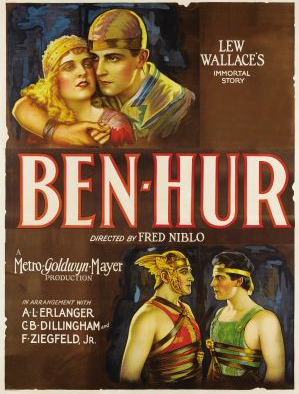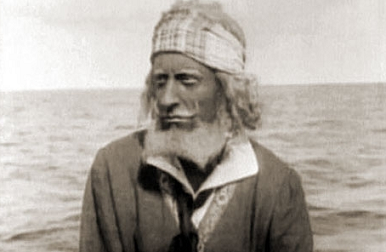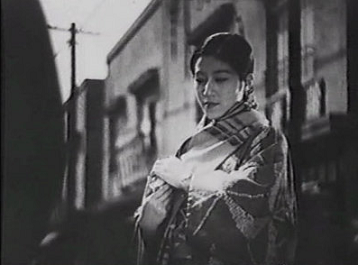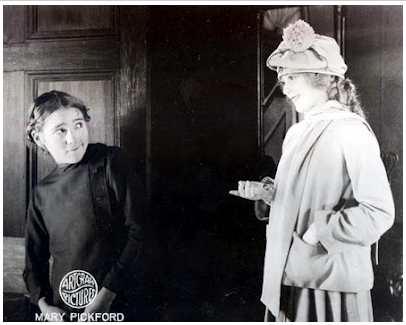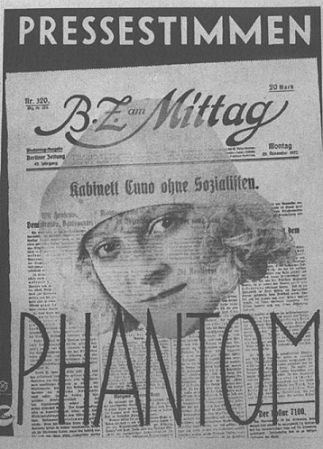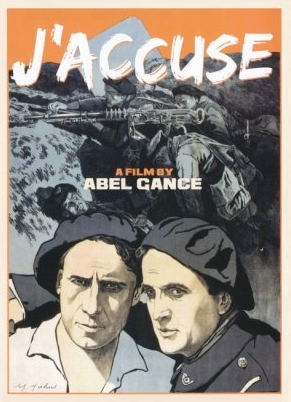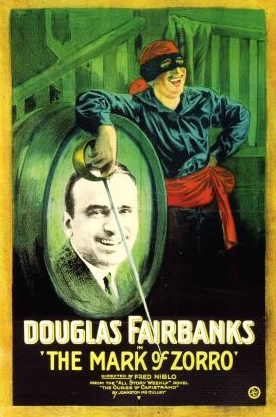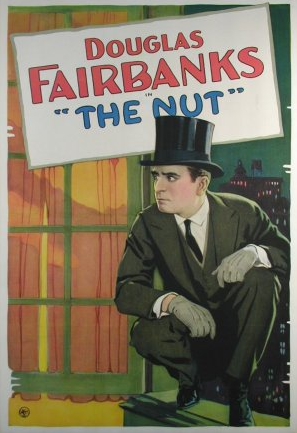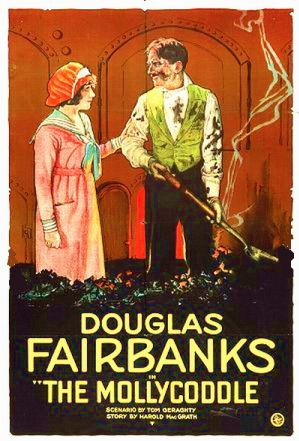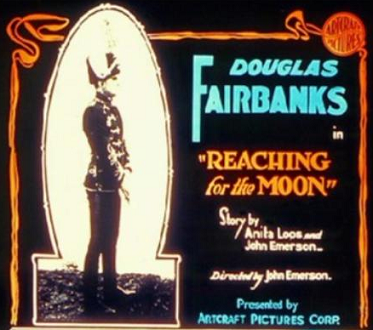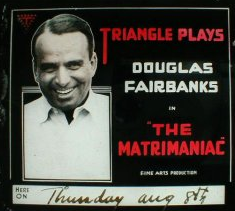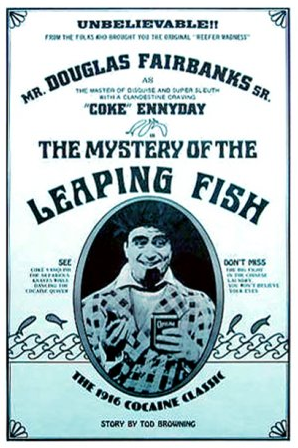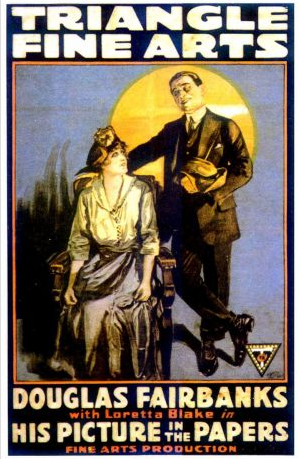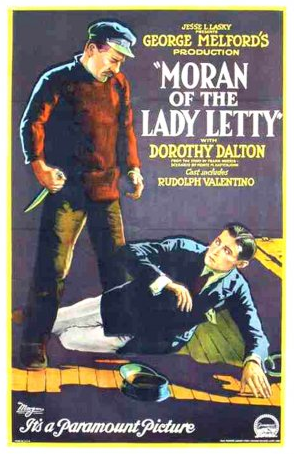Directed by Cecil B. DeMille
My rating: 1.5 stars out of 4
IMDb
(DVD, Warner Bros.)
The ambitious first hour resembles the "silent epic" this is purported to be, with impressive scenes including the exodus from Egypt and the parting of the Red Sea, although those little toy Egyptians and horses floating around afterwards do kind of spoil the effect. The real surprise comes when the Holy Land epic fades out and a modern day parable fades in...it was all just a set up for a Bible lesson. It is the story of two brothers, one a simple carpenter, yes carpenter, and the other a rotten heathen who blasphemes God in front of their religious mother. Bad brother leaves home, declaring his intention to break all ten commandments on his way to fame and fortune. Years pass and he does indeed succeed, but at a terrible price, after all you can't break the commandments or they will break you. Let's see, his actions lead directly to the death of his mother, who is crushed by the walls of a falling church, he gets leprosy from his heathen girlfriend and dies while at sea in a boat named Defiance. Oh, the symbolism of it all!
